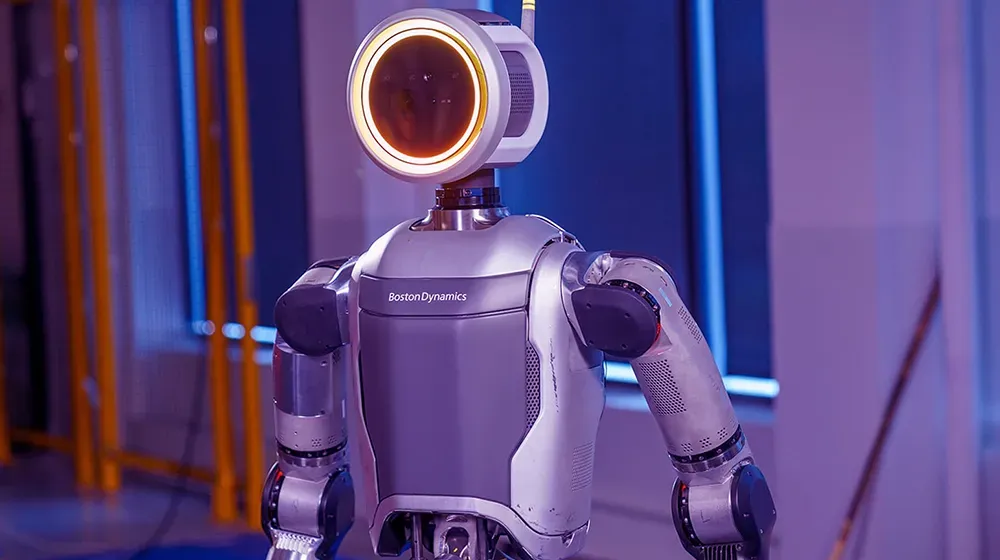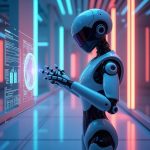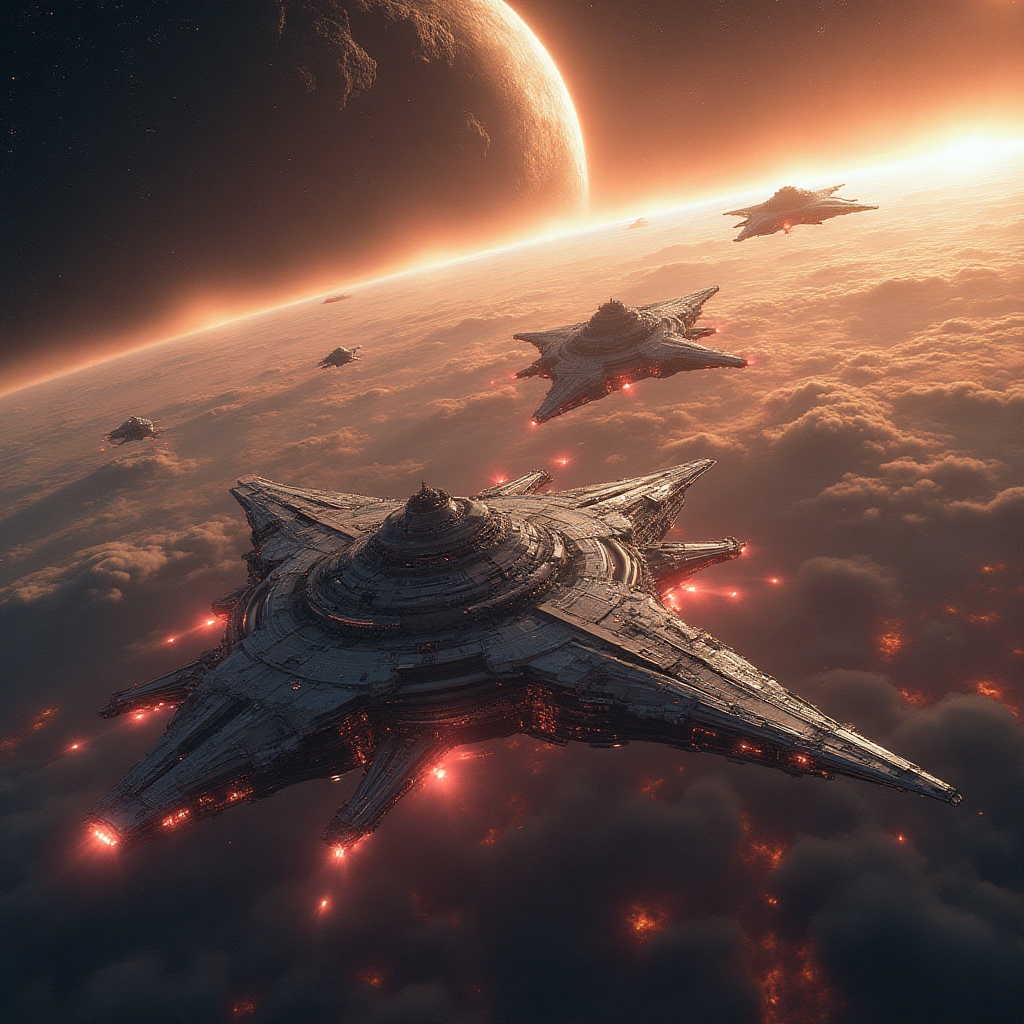Prepare yourselves, folks! It's official: Boston Dynamics' Atlas Robot has burst onto the scene, complete with a killer résumé as it strides through a plethora of warehouse tasks. Move over, weekend warriors—there's a new laborer in town, and it's got the moves to prove it. Picture this: Atlas doesn't merely exist in a pristinely curated bubble of robotic elegance but embodies a raw, functional powerhouse, moving bins like a skilled athlete on a mission. You watched it on YouTube and silently wished you could orchestrate your laundry with such finesse. OK, maybe that's just me.
Imagine a future filled with scenes where humanoid robots gracefully glide across production floors, commandeering all those arduous, repetitive tasks most employees dread. That future seems closer than ever, with Atlas not just moving, but grooving autonomously. This groundbreaking revelation shows Atlas as masterfully maneuvering engine covers between supply containers and mobile sequencing dollies. Yes, dollies—not the country kind. Feeling anxious, humans? Don't be; this is a symphony of bots elevating workplace safety and efficiency, taking on tasks that often seem more like perilous adventures than office duties.
Atlas's Ability: Autonomy Redefined
The key here, my breathless comrades, is autonomy. Atlas doesn’t await orders like every middle manager's worst nightmare—oh no, it propels itself into action via pre-programmed logic and real-time sensor inputs. The beauty of Atlas is its proficiency to independently execute tasks, leading to a safer and meticulously productive work environment. These aren't elementary school dioramas or artful but rudimentary demos; this is Atlas maturing before our eyes, solving problems a few heavy, awkwardly shaped engine covers at a time.
With the dexterity of a yoga master and the precision of an expert craftsman, Atlas manages to handle objects many humans would risk a myriad of muscles trying to relocate. Now that is something straight out of a sci-fi flick. The robot's whole routine snuggles effortlessly into the realm of industrial tasks, proving the remarkable capability of these mechanical marvels.
The Inner Workings of Atlas
This isn't the only trick up Atlas's sleeves—er, titanium arms, of course. For our gear-head readers, revel at the robot’s mastery of machine learning vision models, enabling Atlas to detect and comprehend its work environment. It identifies objects like bins, differentiating friend from foe—or, more appropriately, bin from dunce cap. Vision sensors inform it; four sensors guide its exertions, and proprioceptive sensors lend it self-awareness as our robotic kin comprehend their own dimensions. If only some humans could claim the same.
In a scene of dramaturgical splendor, Atlas doesn’t merely maneuver blindly. No, it adapts dynamically. Encountering instantaneous changes—be it a misplaced doodad or an ill-timed prance from a co-worker—Atlas reacts with the swift efficiency of a heron swooping for fish. Picture it: one bin gracefully relocated, the next object seamlessly transitioned to its rightful place. The harmony is palpable.
A Closer Look at Dexterity in Robotics
Let’s give credit where credit is due: Atlas doesn’t just have hands; the robot sports a three-finger hand equipped with the adaptability of an opposable thumb. Behavioral scientists are quaking. Watch closely as it grips, flips, and maneuvers—almost like the culinary genius of tongs and tweezers but orchestrated by robotic hands. Asymmetrical, type-A personalities may find themselves regaining equilibrium through the watchful glint of Boston Dynamics’ modern marvel.
The seemingly pedestrian act of picking up objects isn’t where it ends. When Atlas taps into humor spelled with a dash of action—it’s a spectacle only detractors of physical labor could bestow righteous anger toward. Interestingly, the modularity factor within Atlas allows for a hand-swap transformation; essentially, you could give Atlas a chore mid-day and with a gentle click of new hands, it effortlessly morphs into a construction savant. A sophisticated Mr. Potato Head, if you will.
Physical Conditioning of the Future Robot
And in this bustling theatre of motion, Atlas emerges, muscles, and motors in concert, handling tasks as different as day and night. To the unsuspecting eye, the robot's uncanny human-esc movements may trigger anthropomorphic musings. Could Atlas find its place in society through empathy or characterization of lifelike tendencies? Our habitual need to assess scenarios through a person-centric lens may presently result in dismay, yet Atlas endures as unwittingly, intrinsically efficient.
No dress rehearsal ensues for Atlas; watch as it twists its torso at angles that would leave a human chiropractor seeing dollar signs. "I’ve got no strings on me," one can almost hear it chirp, while executing a seamless 180-degree spin while nonchalantly ensuring the cargo's new home is secure. A tad unsettling at first glance, yes, yet quintessentially emblematic of this advanced form of artificial intellect intent on reshaping physical labor.
The Social and Cultural Relevance
Now for the bigger picture. What does Atlas symbolize in our fast-paced tech-driven society? Here lies a future that dovetails with conversations revolving around replacement, augmentation, and innovation. These robotic prototypes challenge our conventional notions of workforce dynamics. While some corners of the Twittersphere liken Atlas to an impending warehouse worker coup, let’s face it folks—even Amazon currently brims with mechanical colleagues.
We’ve reached a crossroad where efficiency no longer relies on pure mortal strength but leverages the competence of otherwise menial roles in larger production paradigms. Yet, we must ask, how does this kinetic expansion into human spheres shape our social perspectives and work environments? Atlas may be an intimidating introductory dance partner, but it also transcends beyond just a company prospectus into articulating future-proof progress.
Final Thoughts
As you venture out into the world— or toward your personal keyboard, possibly to out-perform an AI— ponder these: What if industry intertwined with humankind to cultivate a more integrated, holistic livelihood? Would Atlas alleviate existing workplace fatigue, enabling career pivot points, or could it exacerbate socio-economic divides? Toss your comments into the communication basket below and illuminate this discourse with fervency borne of intellectual curiosity.
Join the "Shining City on the Web", where innovation, community, and cerebral sparring sessions converge. Subscribe to iNthacity.com, share these musings, and join our growing realm, one technological thread at a time. Who knows? You might just discover the shining city you've always dreamt of.
Disclaimer: This article may contain affiliate links. If you click on these links and make a purchase, we may receive a commission at no additional cost to you. Our recommendations and reviews are always independent and objective, aiming to provide you with the best information and resources.
Get Exclusive Stories, Photos, Art & Offers - Subscribe Today!

























Post Comment
You must be logged in to post a comment.